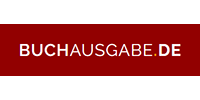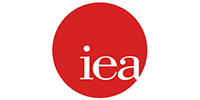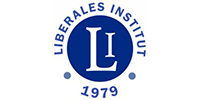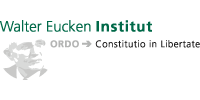Why Consider Dollarization for Argentina?
Alfredo Arízaga, who served as the Minister of Finance during Ecuador’s dollarization, offers insights on a key topic discussed in former President Jamil Mahuad’s book, “Así dolarizamos Ecuador” (translated as “How We Dollarized Ecuador”). Some have questioned whether dollarization was simply a response to the economic crisis of 1999. Arízaga firmly believes it was more than that—it was a response to two decades of economic struggles (my translation, emphasis added):
While the Ecuadorian crisis played a significant role in the decision to adopt the US dollar as the official currency in January 2000, Arízaga clarifies that the motivations ran deeper. He emphasizes the importance of not letting the crisis overshadow the broader context of two decades of economic challenges. Dollarization wasn’t just a short-term solution to an acute crisis; it was a strategic tool aimed at addressing long-standing economic underperformance.
Comparing Ecuador’s experience with that of Argentina today, we see similarities in terms of inflation rates. Argentina faces a rising inflation trend that, over time, increases the risk of hyperinflation. While Argentina previously managed to quell hyperinflation through the Convertibility Law, the credibility of this approach has eroded due to the chaotic events of the 2001 crisis.1 To address Argentina’s current situation, a more robust solution is necessary: dollarization.
Argentina’s economic performance has seen nearly eight decades of decline in global GDP per capita rankings. Since 2011, the country has been stuck in stagflation—a combination of stagnation and inflation. Argentina’s economy struggles to grow; when it does, the growth rate lags behind the global average. Despite the efforts of successive governments, none of the economic plans have produced sustainable solutions. This is largely due to a lack of long-term credibility.
The root causes of Argentina’s economic struggles largely stem from the mismanagement of monetary and fiscal policies. Shockingly, annual equivalent inflation rates have averaged 60% from 1945 to the present, with the only period of price stability occurring during the convertibility era. The persistent and volatile inflation makes long-term saving and planning impossible, hindering sustainable growth. In contrast to neighboring countries that resolved their inflation problems, Argentina repeatedly fell into the same mistakes. The result is a downward trend in the real income per capita worldwide ranking.

Dollarization in Argentina aims to achieve more than just ending the current inflation crisis. Like in Ecuador’s case, it seeks to reverse decades of instability and decline in per capita income rankings. While dollarization alone is not a sufficient solution, it is considered necessary. The reason is simple: without price stability, the desired turnaround in Argentina’s economic ranking would remain unattainable. Credibility in economic policies is crucial, as it determines whether the country breaks the cycle of short-lived progress.
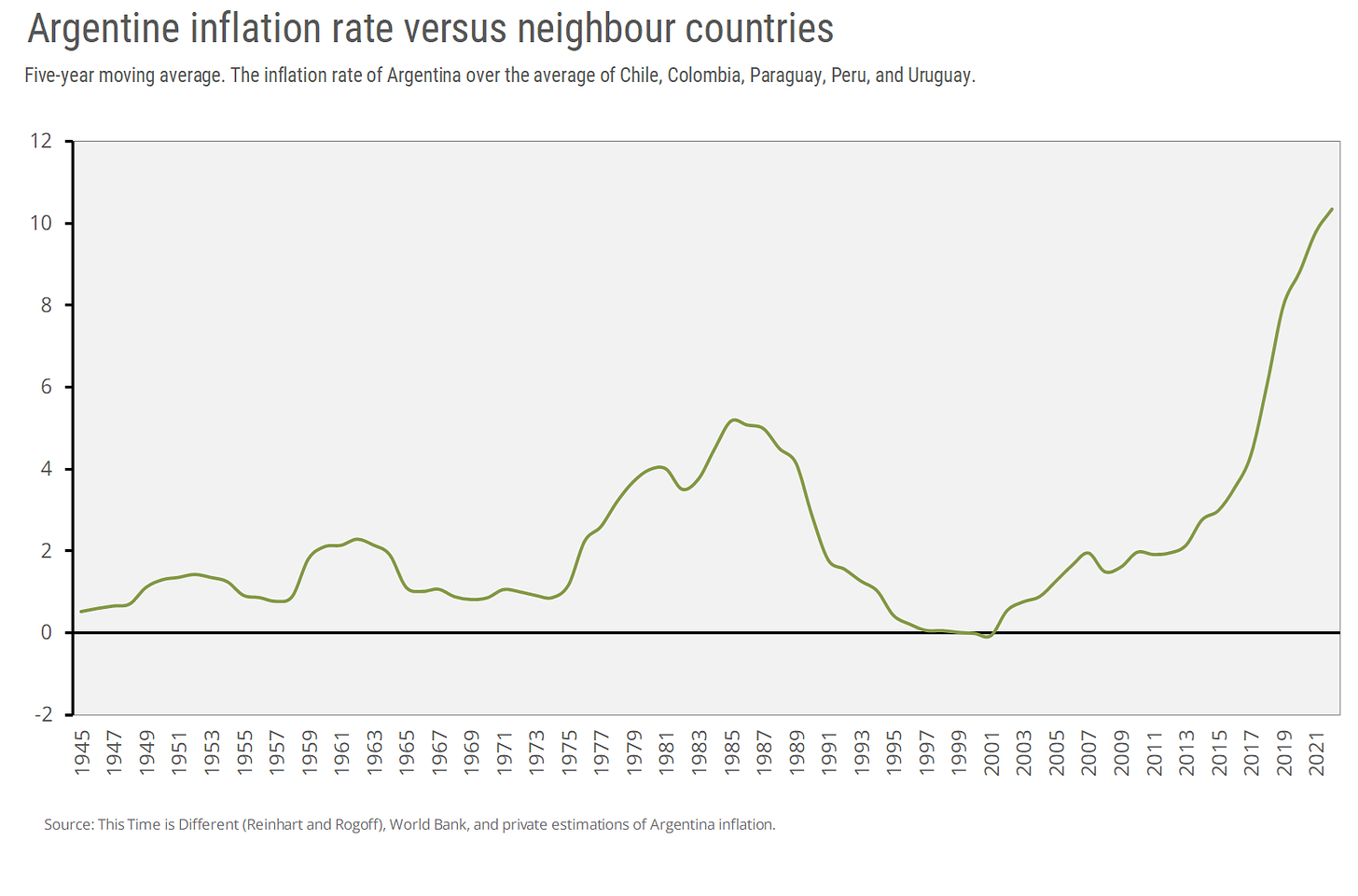
Numerous suboptimal reforms have been proposed to heal Argentina’s economy, each with its own trade-offs. As the title of my book with Emilio Ocampo suggests, dollarization emerges as a potential solution. Unlike other proposals, the type of dollarization we advocate for aims to minimize the risk of failure. We believe that Argentine society cannot endure another major crisis.
Advocates of dollarization are not seeking magical solutions or adopting populist stances. Instead, we aim to introduce an institutional shock that steers the country toward a new growth trajectory. This path, in turn, should be challenging for political leaders to reverse, ensuring a lasting transformation.
This material was originally published here: https://economicorder.substack.com/p/why-talk-about-dollarization-for
1 It cannot be repeated too much that the severity of the 2001 crisis was largely due to the political mishandling of the crisis. Measures such as the corralito, corralón, mega devaluation, and asymmetric pesification were motivated by political expediency, not an economic necessity.







